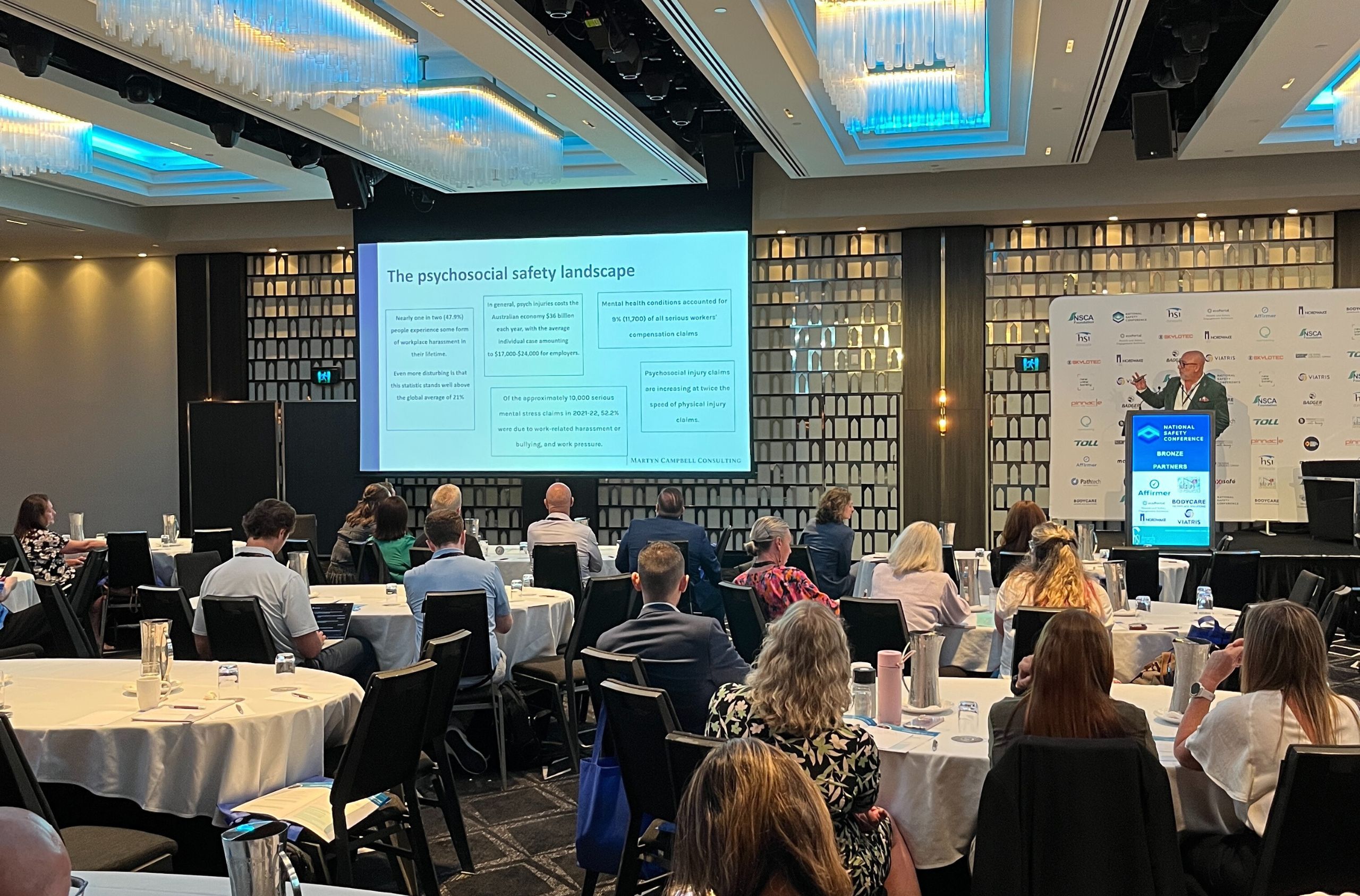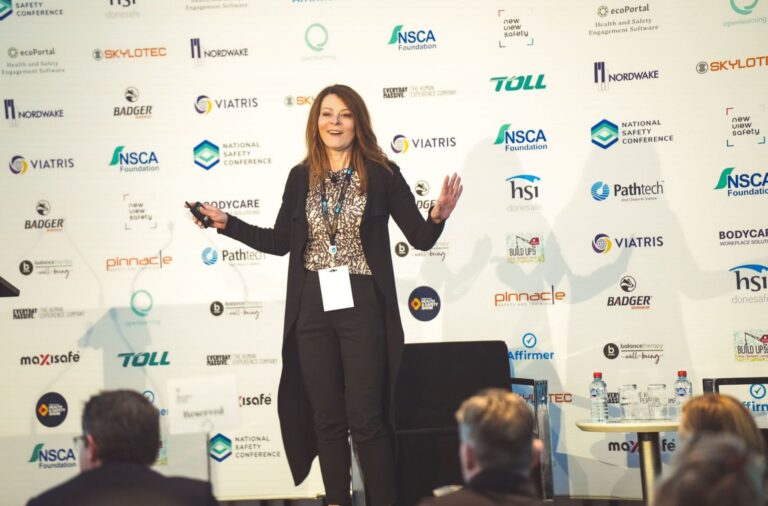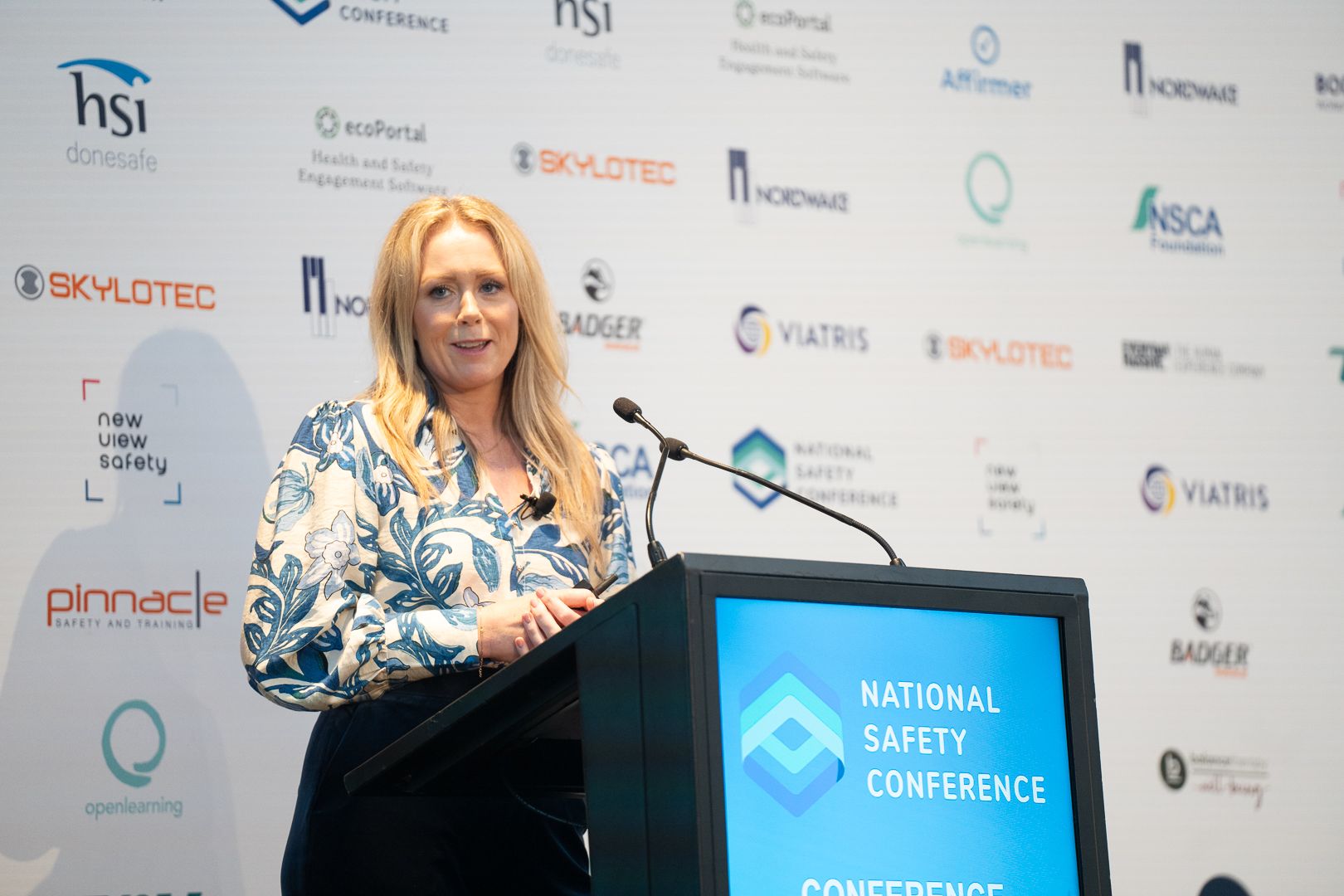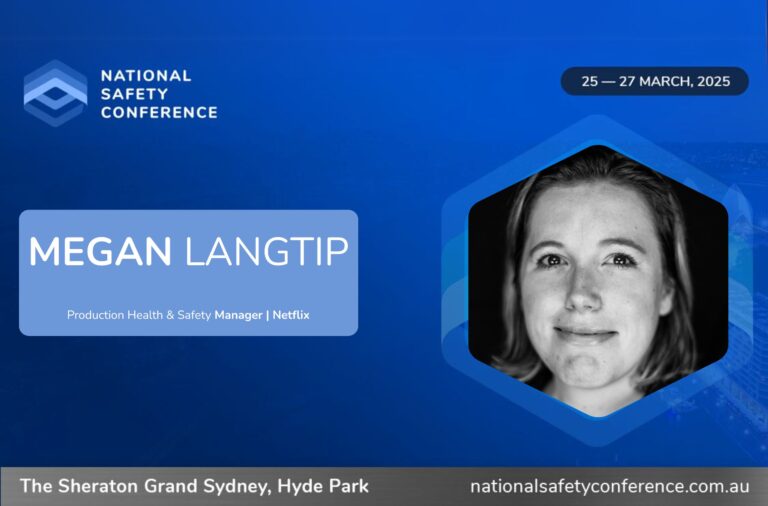
Martyn Campbell’s speech at the 2025 OHS Leaders Conference in the Gold Coast delivered a timely and crucial message that the safety of employees is not confined to physical hazards alone. While physical injuries tend to dominate the safety conversation, the risks to mental and emotional well-being are just as real—and often far more complex. Psychosocial safety, though less visible, is emerging as one of the most critical aspects of workplace safety. And for organizations that overlook it, the costs, both human and financial, are immense.
How Leaders Can Transform Workplace Safety from the Top Down
A central theme of Martyn’s speech was the necessity of strong leadership to address psychosocial risks. Leaders must champion the cause of mental and emotional wellbeing to embed it into the organizational culture. Martyn state:
“You need executive buy-in… if you don’t get that, this is really, really difficult for you guys to implement.”
Leadership is more than simply supporting initiatives; it involves making psychosocial safety a priority at every level of the organization, from the boardroom to the frontline.
Executive commitment is the foundation for any real transformation. When you align the organization’s values with the ethical and moral imperatives of supporting mental health at work, you start to see change. Martyn emphasized that, in many cases, when executives recognize the human side of safety, the commitment becomes much more than just a regulatory obligation.
“It’s the moral and ethical right thing to do,” he stated, urging leaders to move beyond compliance toward creating a genuinely supportive work environment.
Why Inaction is a Dangerous Choice
One of the most compelling points raised by Martyn was the idea that silence doesn’t indicate safety. The absence of reported incidents doesn’t mean the absence of problems.
“Just ‘cause you haven’t got any incident reporting doesn’t mean it’s not happening. I guarantee you it is, it is happening everywhere,” Martyn observed.
This statement challenges organizations to confront the uncomfortable truth that not all safety risks are visible. The mental and emotional toll on employees can often go unnoticed until it’s too late.
When psychosocial risks remain unaddressed, they fester in silence. Employees may be suffering from stress, burnout, or harassment, but fear of speaking up prevents many from reporting these issues. The failure to recognize these invisible hazards creates a false sense of security, leading to a toxic work culture. Martyn’s call to action is obvious: organizations must create an environment where employees feel empowered to raise concerns, whether anonymously or openly. Only then can true psychosocial safety be achieved.
Building a Culture of Psychological Safety
For any organization serious about psychosocial safety, creating a culture of psychological safety is paramount. Martyn emphasized that this isn’t only referring to reducing standards or tolerating underperformance. It’s ensuring employees feel secure enough to speak up when something isn’t right—whether that relates to workplace stress, bullying, or unrealistic demands. He stressed,
“What this is about is creating an environment of psychological safety where people feel comfortable to raise their hands.”
Creating this culture requires leadership to lead by example, ensuring that employees know their concerns will be taken seriously without fear of retaliation. Trust is the cornerstone of any safety culture, and without it, even the best policies and systems will fail. Martyn’s insight is profound: without a culture that values psychological safety, organizations will struggle to make lasting change.
The Business Imperative for Psychosocial Safety
Addressing psychosocial safety is both a moral duty and a strategic business decision. Martyn made it clear that the financial risks of neglecting this area are significant.
“For one client, their workers’ comp levy jumped half a million bucks for one claim that really sharpened the attention of the CFO,” he shared, illustrating the financial toll a single unaddressed psychosocial issue can have.
In fact, the hidden costs of psychosocial risks—such as decreased productivity, higher absenteeism, and potential legal consequences—can far exceed the costs associated with physical injuries.
Martyn’s words serve as a reality check to those who still view psychosocial safety as secondary to physical safety. Ignoring mental and emotional risks harms employees and threatens the financial health of the organization. When leadership recognizes the intersection of employee wellbeing and business success, they can take proactive steps to prevent the damage that psychosocial risks can cause.
The Power of Engaging Every Stakeholder to Drive a Holistic Approach
Psychosocial safety isn’t the responsibility of one department. It requires a comprehensive, cross-functional approach. Martyn was adamant that if organisations leave psychosocial safety solely in the hands of the safety team, they are setting themselves up for failure.
“If you leave psychosocial safety in the realm of the safety team, you’re destined to fail,” he said. “It’s not just a safety issue anymore. This is an HR and an IR and a safety issue.”
The key takeaway here is that organizations need to integrate HR, Industrial Relations, and safety teams to create a comprehensive strategy. This collaboration ensures that psychosocial safety is approached from multiple angles and becomes embedded in the organisation’s operations. Only by working together can these teams identify risks, address issues before they escalate, and build a culture that protects both mental and physical wellbeing.
Striking the Right Balance Between Accountability and Support
Martyn also made an important point about accountability. Psychosocial safety doesn’t mean giving employees carte blanche to avoid responsibility.
“Psychosocial safety is not about letting people do what they want, when they want, however they want,” Martyn pointed out. “You can still hold people accountable and performance.”
This is where many organizations go wrong. They often perceive safety and accountability as opposing forces, but Martyn’s words highlight the reality: you can hold people to high standards while still ensuring their mental and emotional health.
By setting creating clear expectations and providing the necessary support for employees to meet those expectations without jeopardizing their wellbeing. In the long run, the performance of a well-supported workforce will far outstrip that of a disengaged, overworked one.
The Legal and Financial Implications of Inaction
Finally, Martyn reminded us that the law is evolving to reflect the growing importance of psychosocial safety. “Psychosocial safety code of practice talks around bullying, sexual harassment, violence, discrimination as one of the hazards,” he said. While these issues have always been part of workplace safety regulations, they are now explicitly addressed in legislation, making it clear that organizations must act.
Ignoring psychosocial risks is a legal and financial liability. The costs of non-compliance, whether in the form of lawsuits, workers’ compensation claims, or damage to the company’s reputation, can be staggering. Martyn’s warning was unequivocal:
“It’s not new. It’s always been in the law, just people never really paid attention to it.”
Leadership That Takes Action
Martyn’s speech served as a powerful reminder that organizational leaders must move beyond theoretical discussions about psychosocial safety. They must act. The journey begins with leadership commitment and continues through the creation of a culture that prioritizes employee well-being. By doing so, organizations not only protect their workforce but also drive long-term success.
As Martyn said, “You can only change behavior by changing the way you think.”
This shift in mindset is not optional; it is the first step toward a safer, healthier, and more sustainable future for both employees and the organization as a whole.
If psychosocial safety hasn’t yet taken the spotlight in your organization, now is the moment to make it a priority—for the wellbeing of your people and the strength of your culture.
About Martyn
Share:



